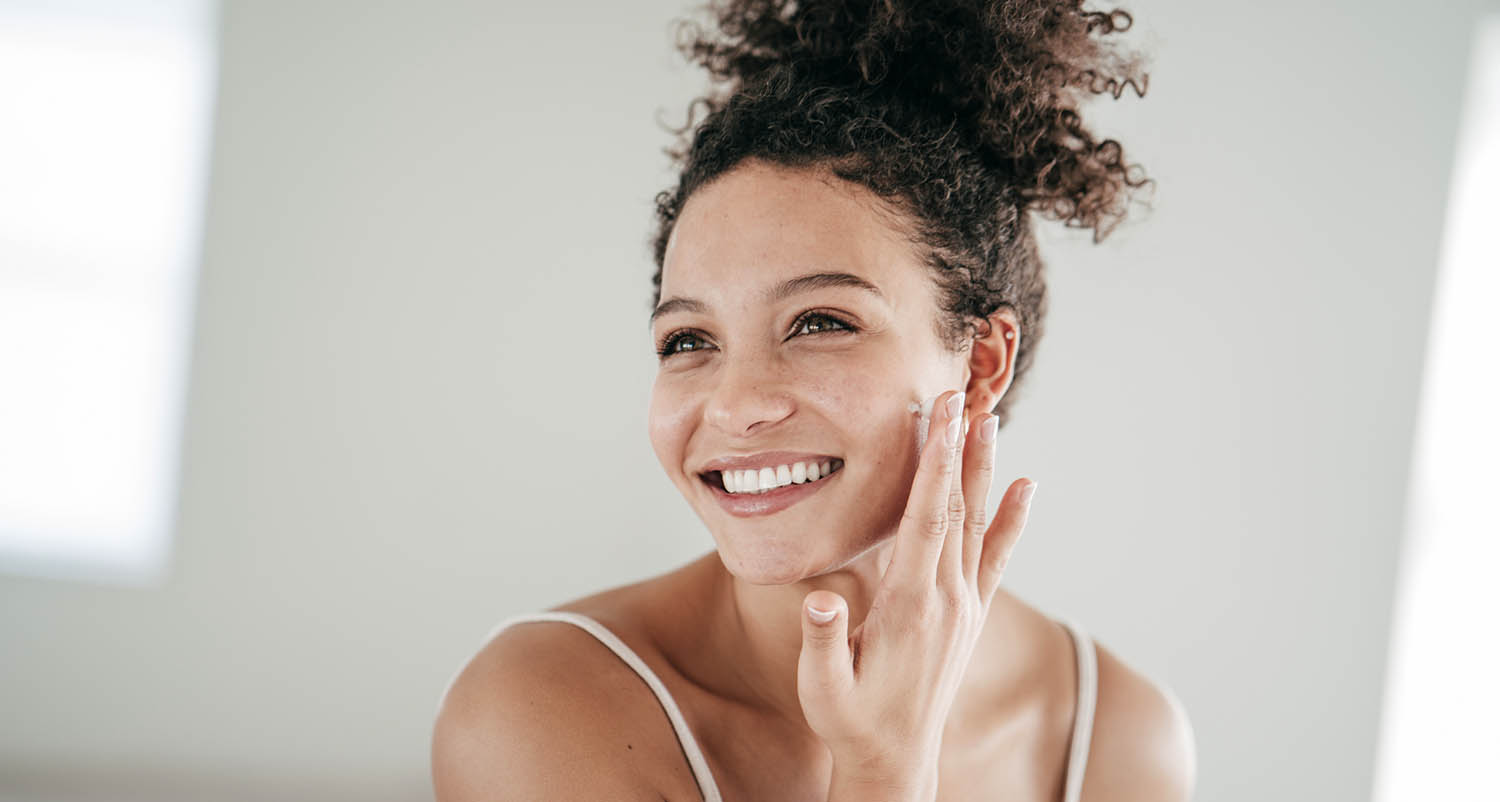
You may have heard of Dermaplaning as a new way to removes dead skin cells and vellus hair (peach fuzz) safely and effectively, leaving you with smooth, flawless skin. If so, you probably have a few questions as to whether or not Dermaplaning is right for your skin so below, we’ve answered some of the most common questions we receive about this exciting new treatment.
1) What’s the difference between Dermaplaning and Microdermabrasion? Aren’t they the same thing?
Both dermaplaning and microdermabraision are exfoliation treatments, but the process differs. Microdermabrasion unclogs your pores through the process of sanding and suctioning dead skin cells off of your skin. Dermaplaning is different in that it gently scrapes off the top layer of skin using a surgical scalpel. Both treatments are effective in creating smoother, younger looking skin and you could choose either based on your own preference.
2) Is Dermaplaning safe?
Dermaplaning is safe when performed by a licensed and trained aesthetician. At Florida Aesthetics, all of our practitioners are fully trained and licensed to perform this treatment for our customers.
3) Does Dermaplaning Hurt?
Great question. Since dermaplaning does not involve any harmful chemicals or exfoliants, the treatment typically does not cause any sort of swelling or inflammation. Most of our clients say that they feel relaxed during the procedure.
4) How do I know if Dermaplaning is right for my skin type?
Dermaplaning is generally safe and effective for all skin types except for those who are suffering from severe acne. If you have deep cystic acne, you would want to wait until any breakouts are under control before considering Dermaplaning.
5) I heard that Dermaplaning makes my facial hair grow back thicker or darker. Is this true?
This is simply not true. Dermaplaning has not been shown to cause your facial hair to grow back more aggressively or in a darker color.
Vellus hair and terminal hair are the different types of hair that grow on your body. The vellus hair is found on most of the body except for the lips, palms, soles, and genital areas. Terminal hairs grow on the scalp, underarms, and pubic region. The hair that is on your face is soft and fine vellus hair which grows the same, regardless of treatment.
BONUS QUESTION: What Areas can be Treated with Dermaplaning?
Dermaplaning should only be performed on the face, being careful to avoid the eyelids and lips. Typically dermaplaning is not performed on any other part of the body.

